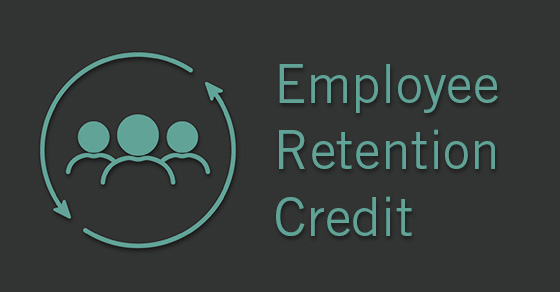As the midpoint of the year fast approaches, it’s a good time for manufacturers to assess their tax status and plan appropriate strategies for reducing their 2022 tax liability. Although each situation is unique, here are seven general tax moves…


As the midpoint of the year fast approaches, it’s a good time for manufacturers to assess their tax status and plan appropriate strategies for reducing their 2022 tax liability. Although each situation is unique, here are seven general tax moves…

First-year bonus depreciation typically creates a powerful tax incentive for eligible manufacturers to purchase qualified property needed for business reasons. These tax write-offs can benefit a manufacturer’s cash flow, but claiming them isn’t always the best decision. However, if your manufacturing company wants to take full advantage of the bonus depreciation, this is the year to do so.

The IRS has announced additional relief for pass-through entities required to file Schedules K-2 and K-3 for the 2021 tax year. Certain domestic partnerships and S corporations won’t be required to file the schedules, which are intended to make it easier for partners and shareholders to find information related to “items of international tax relevance” that they need to file their own returns.

Many of us have thought about how to best transfer our wealth to our heirs someday. It’s vital to understand the importance of your values when it comes to your wealth and sense of purpose in life. Here’s how to show your kids the connection between the two so they see the “why” behind decisions made with the family money.

In the graphics arts industry, where drop shipping or sending direct mailers across several states can be a regular request, sales and use tax compliance is a complex issue that should be on your radar. If your business is not familiar with the new requirements, keep reading!

In Notice 2021-61, the IRS recently announced 2022 cost-of-living adjustments to dollar limits and thresholds for qualified retirement plans. Here are some highlights:

On Monday, November 15, 2021, President Biden signed the Infrastructure Investment and Jobs Act (“IIJA”). The IIJA repealed the Employee Retention Credit for 4th Quarter of 2021.

The IRS recently issued its 2022 cost-of-living adjustments for more than 60 tax provisions. With inflation up significantly this year, mainly due to the COVID-19 pandemic, many amounts increased considerably over 2021 amounts. As you implement 2021 year-end tax planning strategies, be sure to take these 2022 adjustments into account.

Employers offer 401(k) plans for many reasons, including to attract and retain talent. These plans help an employee accumulate a retirement nest egg on a tax-advantaged basis. If you’re thinking about participating in a plan at work, here are some of the features.

Have you ever received your tax return, only to be surprised by the end result? Have you ever said to yourself: “I wish I would have known that before the end of the year!” ? Here’s a guide on how plan ahead so your tax returns don’t catch you by surprise.

Business owners are regularly urged to create and update their succession plans. And rightfully so — in the event of an ownership change, a solid succession plan can help prevent conflicts and preserve the legacy you’ve spent years or decades building.

The IRS has published new guidance on the Employee Retention Credit (ERC). The credit was created in March 2020 to encourage employers to keep their workforces intact during the COVID-19 pandemic. Notice 2021-49 addresses various issues, particularly those related to the extension of the credit through 2021 by the American Rescue Plan Act (ARPA).

Fun fact: A summer job may enable your teen to contribute to a Roth IRA.

A critical deadline is approaching for many of the businesses that have received loans under the Paycheck Protection Program (PPP), which was created in March 2020 by the CARES Act. If these borrowers don’t take action before the deadline expires, their loans will become standard loans, and the borrowers could be responsible for repaying the full amount plus 1% interest before the maturity date. In addition, some borrowers could face audits.

The first advance payments under the temporarily expanded child tax credit (CTC) will begin to arrive for nearly 39 million households in mid-July 2021 — unless, that is, they opt out. Most eligible families won’t need to do anything to receive the payments, but you need to understand the implications and why advance payments might not make sense for your household even if you qualify for them.